Celiac disease has been in the forefront of this May in honor of Celiac Disease Awareness Month. The best treatment for celiac disease is a gluten free diet, which for a newly diagnosed person can feel like mission impossible. Luckily, there are many resources out there to help you along the way. As the saying goes, knowledge is power and staying informed can help you successfully manage a gluten free lifestyle.
Remember to Breathe
It is very important to keep a positive attitude when coping with any ailment or lifestyle change. It is ok to feel overwhelmed and even a little bummed out when you discover you or your child have celiac disease. Keep in mind that by simply changing your diet, your overall health and well-being will improve immensely. Most celiac sufferers recover 100% and remain symptom free without the use of medication or surgeries by simply eliminating gluten from their diets. There is a world of satisfying, delicious foods that are free of gluten, so stay focused on the things you can eat. Take a deep breath and know that you can do it!
Read Labels
The most crucial step in coping with celiac is to understand food labels. Gluten containing grains include wheat, barley, rye and oats. Oats by nature are gluten free; however a great deal of cross-contamination occurs with other gluten-containing grains during processing. There are a few companies who manufacture a gluten-free oat, but it must say so on the label. Millet and sorghum are other grains that have not been tested for gluten, but are tolerated by many celiacs as they are more botanically similar to corn than wheat. Other gluten containing grains include:
- Bran
- Couscous
- Semolina
- Kamut
- Spelt
- Matzo
- Pasta
- Triticale
- Sprouted wheat
- Udon
- Seitan
- Malt, malt flavoring, or malt vinegar
Often, the source of gluten is not so obvious. Many other types of foods and food additives contain hidden gluten, including:
- Soy sauce
- Hydrolyzed vegetable protein (HVP)
- Breading
- Imitation meat, bacon, and seafood
- Processed lunch meats
- Gravies and marinades
- Some salad dressings
- Stuffing, dressings
- Thickeners
- Some drugs, over the counter medications and vitamins
- Broth, soup bases
- Communion wafers
- Ketchup
- Mustard
- Vinegar
- Horseradish
- Some peanut butters and “dry roasted” peanuts
- Modified food starch
- Artificial flavoring or coloring
When In Doubt- Leave It Out
If you are unsure about an ingredient, do not eat it. It is simply not worth eating something that may cause a reaction. The label should clearly say “gluten-free”; Though some celiacs choose to eat a food to see if it elicits a response, but this method is not recommended as a reaction may occur and cause discomfort.
Check Your Cabinets
Gluten may also be lurking in other places aside from food and the absorption of gluten through skin care products is yet another highly debated topic. Everyone has different levels of sensitivity so it is best to err to the side of caution. Gluten has been found in non-food items like postage stamps, envelopes, mascara, cosmetics, mouthwash, shampoo, conditioner, toothpaste and other hair styling products. Be sure to read all product labels to confirm that they are gluten free before consuming.
There Is Help Available
Consulting with a registered dietitian, nutritionist, or other health care professional specializing in food allergies and/or celiac disease can provide a wealth of information. A specialist will be able to sit down with you and assist you in meal planning as well as lifestyle management ensuring you or your child are getting adequate nutrients from your gluten free diet.
Stay tuned for Part 2 of Living Well & Coping With Celiac Disease, where we will discuss vital nutrients and resources.

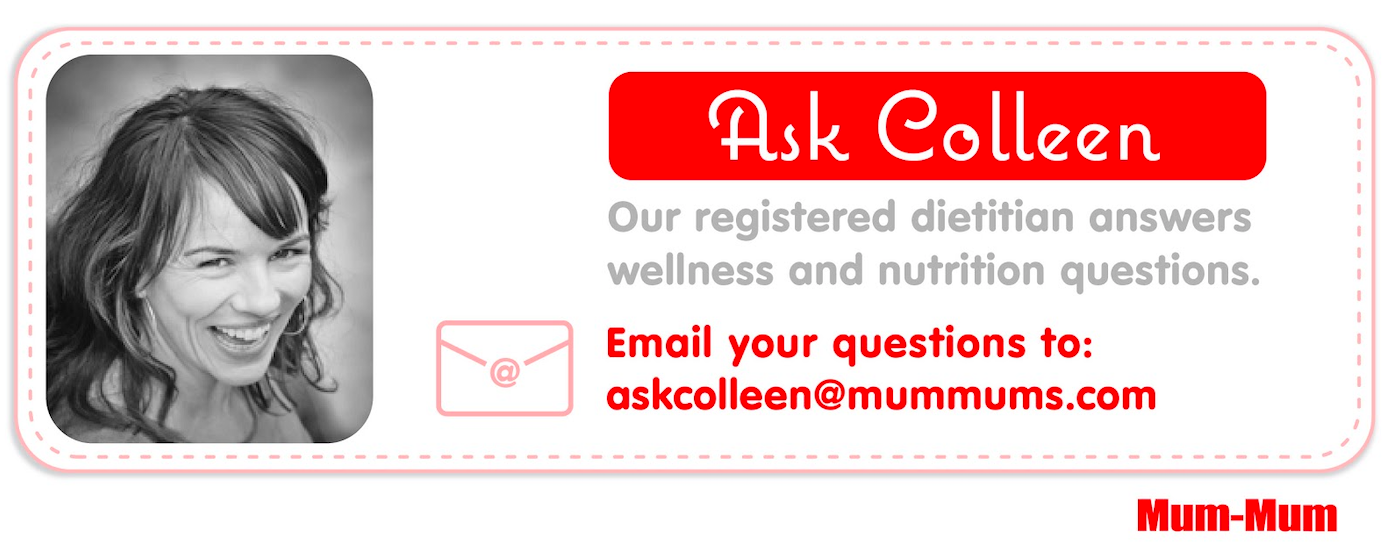
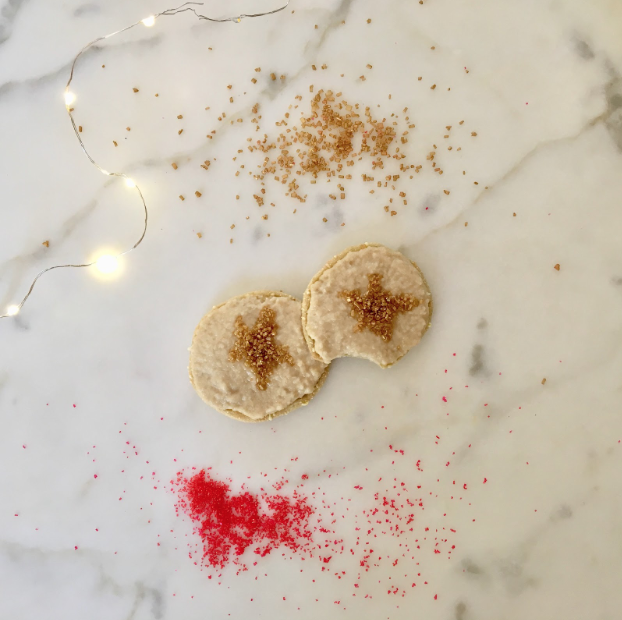

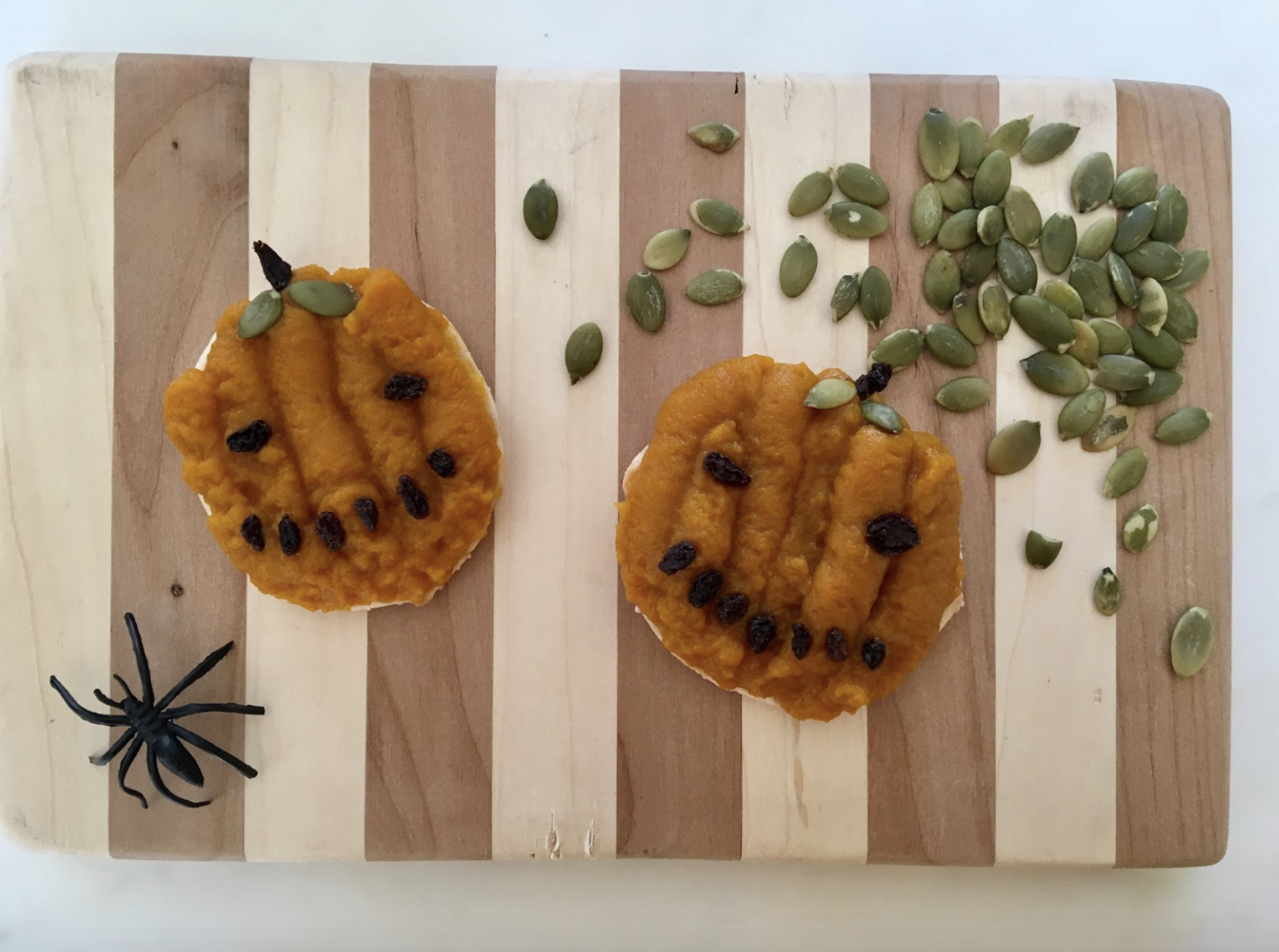
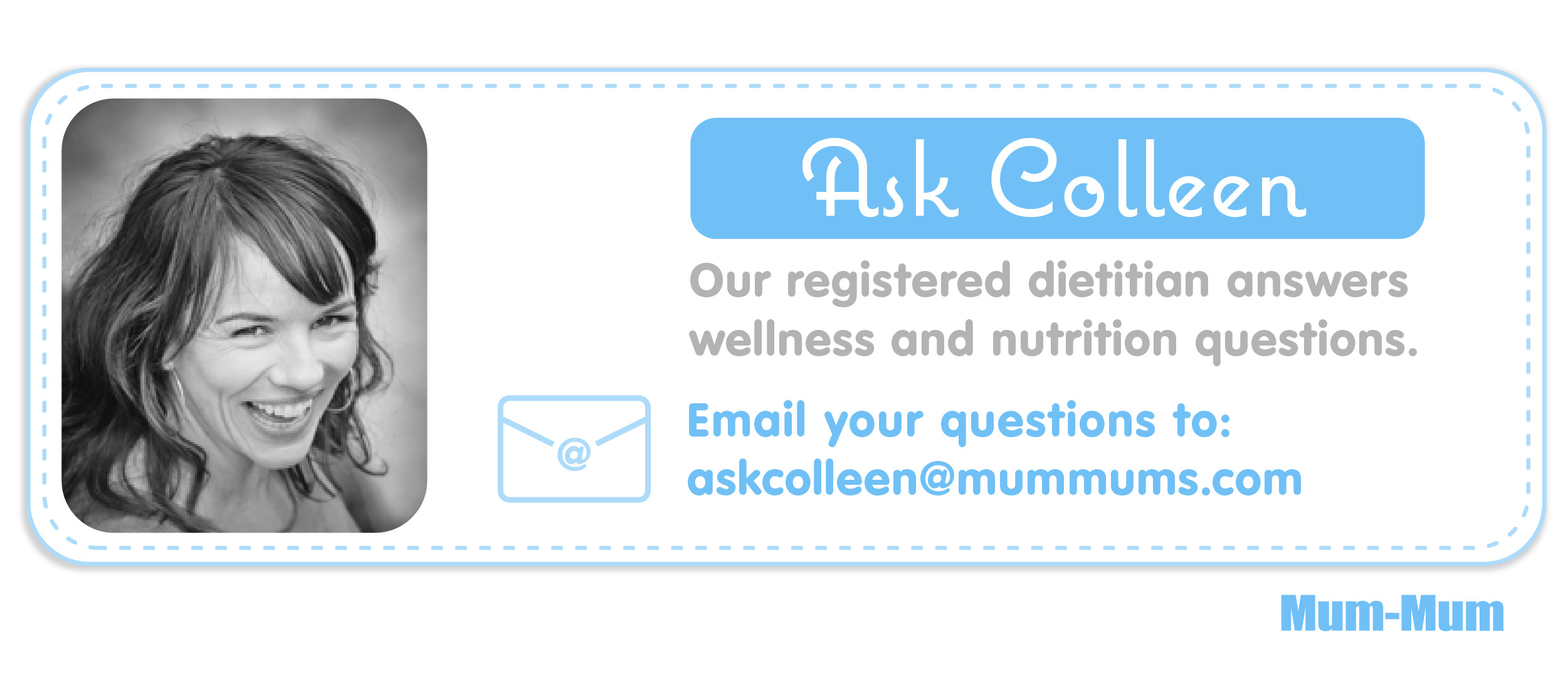
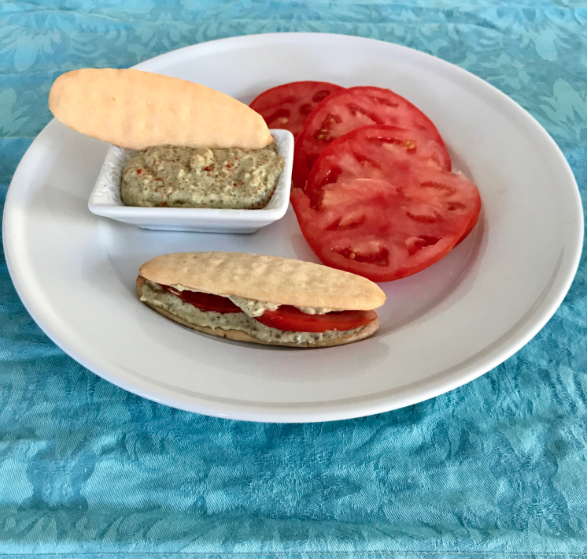

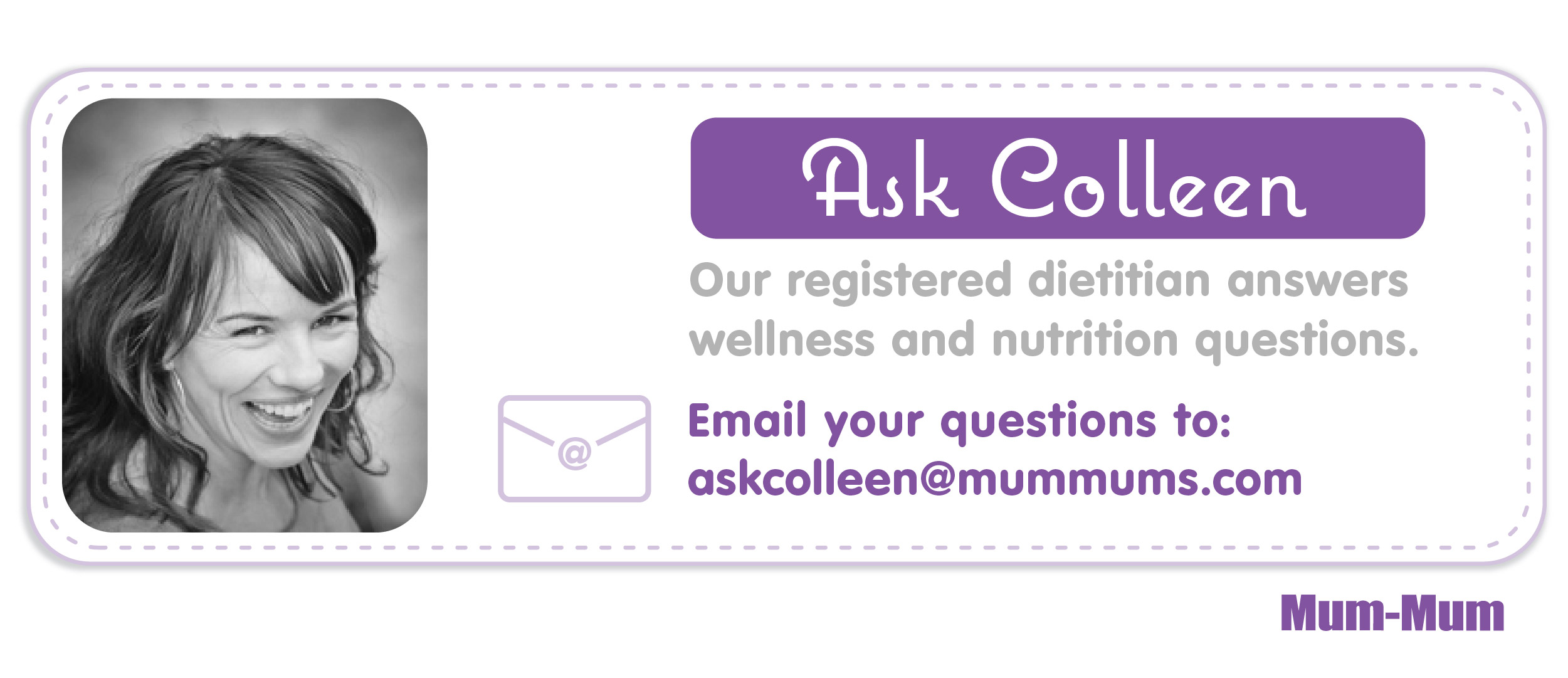
Be the first to comment